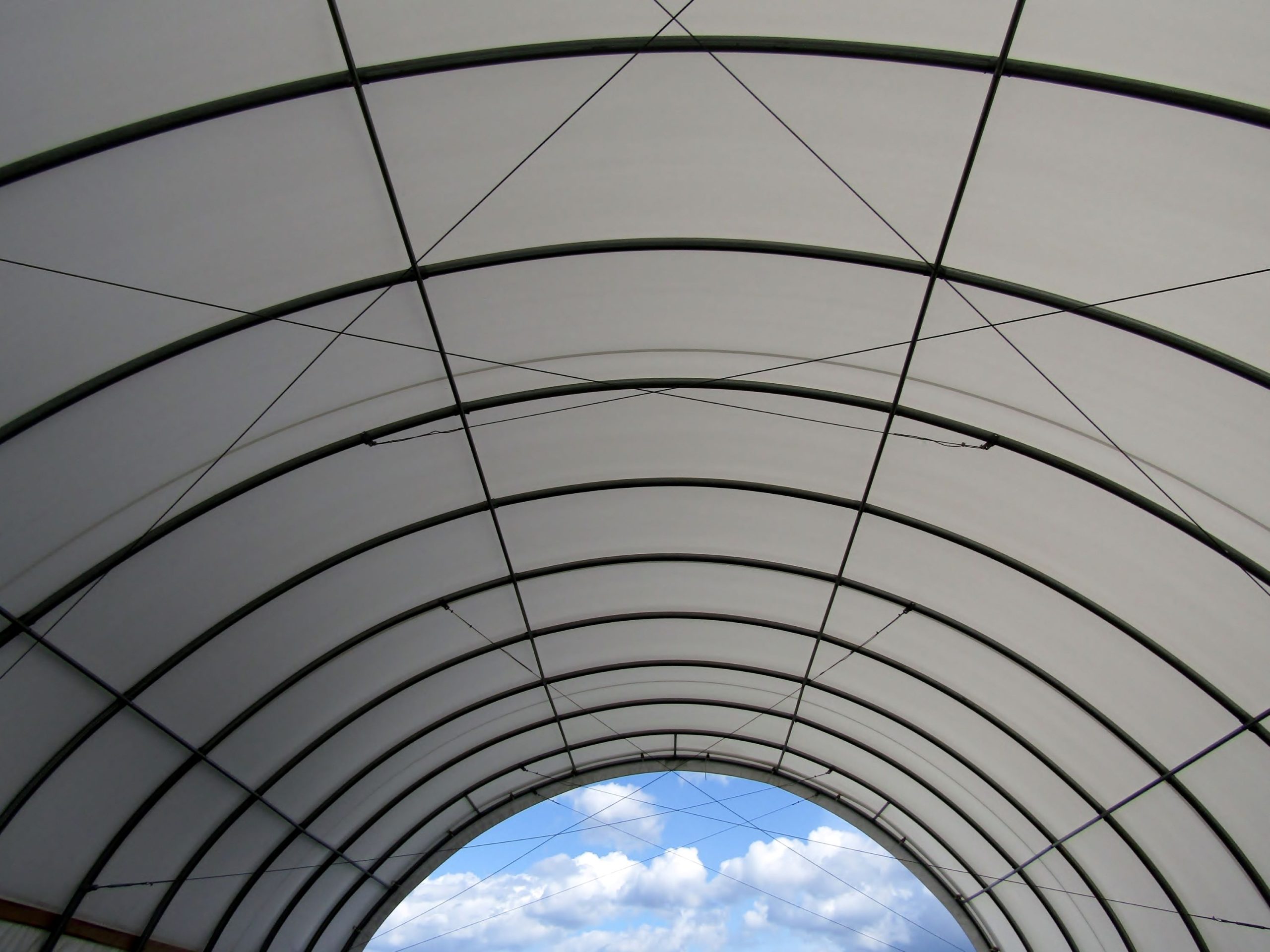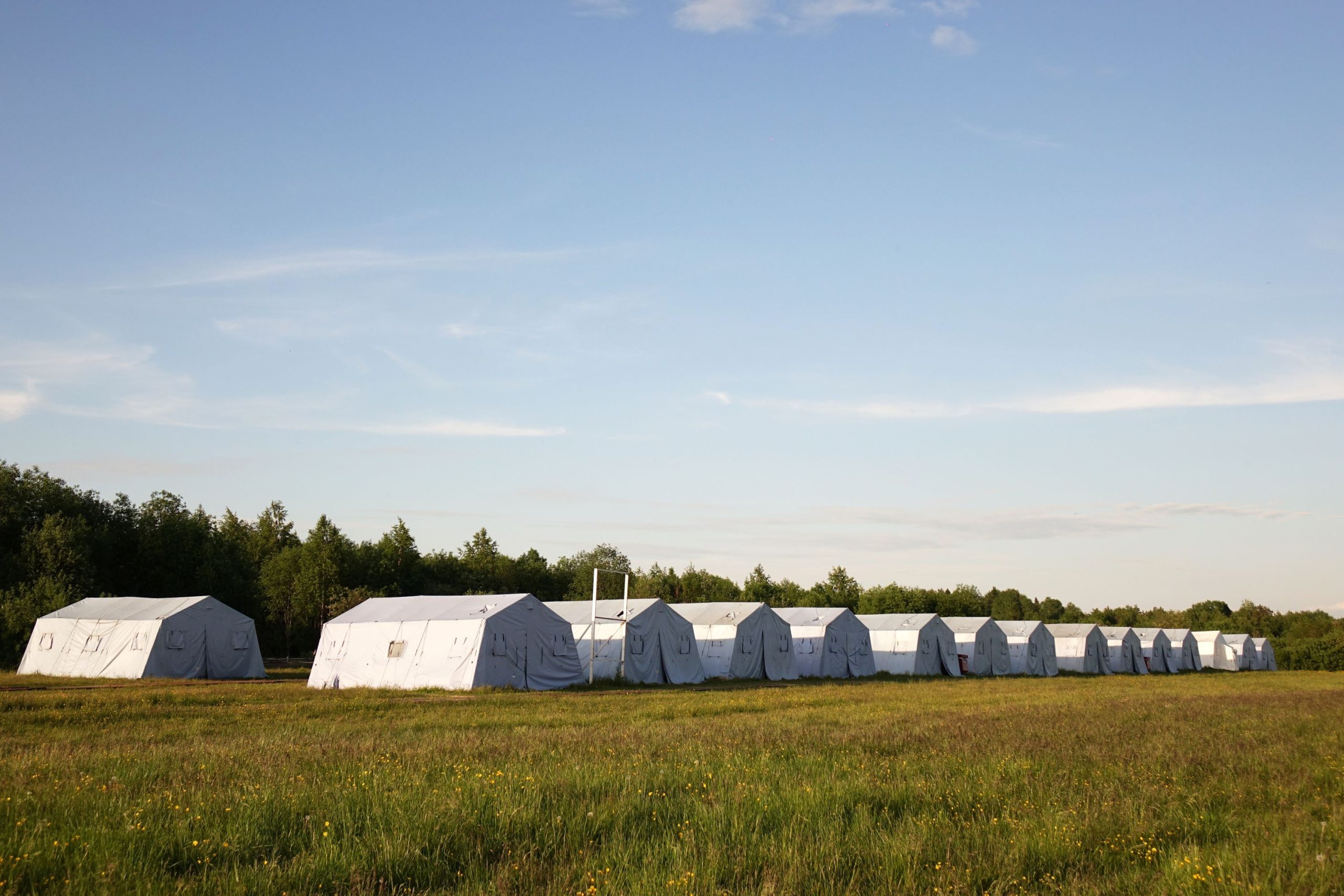Construction experts constantly develop more convenient and practical ways to build. They also prioritize sustainability to lessen the industry’s environmental impact. Architectural fabric structures are some of the best innovations to achieve these goals.
Fabric structures are built with highly durable fabric, typically made with synthetic fibers like polyester and woven fiberglass. These are coated with polyvinyl chloride (PVC) or polytetrafluoroethylene (PTFE) for added resilience. On the other hand, their frame is typically made with prefab steel or aluminum for easy assembly and guaranteed strength.
Architectural fabric structures offer many benefits across various applications, such as the following:
1. Military Shelter Systems
The military needs safe base camps for various operations. They need practical, durable, and reliable military shelter systems with complete facilities for efficiency. Fabric structures are best for these applications due to the following reasons:
- Quick Setup: The military needs rapid deployment, setup, and relocation. Since fabric structures are made with prefab materials, they can be assembled within minutes, allowing the operations to stay within schedule.
- Withstands Harsh Elements: Despite its quick setup feature, architectural fabric structures guarantee strength. They can withstand harsh weather elements, including extreme heat, sandstorms, and snowstorms, making them perfect for various military operations.
- Various Configurations: Military shelter systems require multiple structures, like turnkey base camps, medical and hygiene facilities, and recreational spaces. Fabric structures come in various configurations to accommodate these needs.
Fabric structures are ideal for military shelter systems and other remote operations.

2. Workforce Housing
Several industries, such as oil, mining, and construction, often operate in remote locations. Therefore, companies must provide shelters with complete facilities for workers’ safety and comfort during the operation. In this case, architectural fabric structures are some of the best options due to their following benefits:
- Proper Insulation: Fabric structures have adequate insulation, perfect for remote operations in extremely hot or cold regions. A well-insulated space can keep everyone safe from harsh weather elements.
- Blackout Capability: In some regions, the sun may shine throughout the day for months. A fabric structure with blackout capability promotes relaxation and improves sleep quality among workers despite the constant sunlight, encouraging better productivity at work.
- Low Environmental Impact: Businesses across different industries strive to reduce environmental impact. One way to achieve this is to choose low-impact construction, like modular, flat-packed buildings and fabric structures.
Fabric structures provide efficient workers’ camps in remote locations by ensuring their safety and comfort and improving productivity.
3. Warehouse
Warehouses and storage facilities of various sizes are a requirement across industries. The structure must be spacious and strong enough to protect the items from weather and other outdoor elements. Businesses opt for cost-effective yet dependable solutions, like fabric structures, to minimize the operation cost.
- Low-Cost: Fabric structures offer a cost-effective solution due to low installation and maintenance costs. Depending on the scale and complexity, the assembly may last from minutes to a few days. The short construction timeline lowers the overall expenses.
- Long-Lasting: Fabric warehouses can last between 15 to 25 years. High-quality materials and excellent engineering allow the structure to withstand extreme conditions for longer despite being virtually maintenance-free.
Using fabric structures for long-term and temporary warehouses can help businesses save on operation costs without compromising efficiency.
4. Field Hospitals
The recent pandemic has increased the need for more flexible options to accommodate and treat patients outside the hospital. Modular buildings provide excellent solutions to provide efficient care amidst challenging times, and fabric structures are a perfect example due to these benefits:
- HVAC-Ready: Fabric structures for field hospitals require efficient ventilation to keep patients comfortable. Some fabric building designs are HVAC-ready, allowing proper temperature regulation and air filtration.
- Safe: Fabric structures are sturdy, making them ideal for medical operation despite harsh climates. They’re designed to keep patients safe from outdoor elements, providing the same level of care they would get in a typical hospital.
- Convenient: Convenience is one of the significant reasons fabric structures are perfect for field hospitals. The quick assembly avoids delays, allowing medical professionals to stay on the move to save lives.
Fabric structures offer an efficient solution to the medical industry amidst emergencies and remote operations.
5. Vehicle Storage
Building safe and reliable vehicle storage is one of the most challenging parts of most business operations, especially those operating in remote locations. These structures should be expansive enough to accommodate large vehicles, like trucks and planes. Fabric buildings offer these crucial features.
- Long-Span Architecture: Fabric structures have long-span architecture, creating an expansive, unobstructed interior space. The lack of columns amidst the building allows large vehicles to move efficiently.
- Incredibly Durable: Durability is crucial for vehicle storage. The structural framing is designed to withstand impact in case of accidents. Fabric structures have a high tensile strength, making them highly durable.
Fabric structures are ideal for trucks and heavy equipment storage and hangars.
Conclusion
Various industries can benefit from architectural fabric structures’ versatility, durability, and practicality. If you’re looking for a reliable shelter system, storage, and health operations building solutions, fabric structures are an excellent choice.
